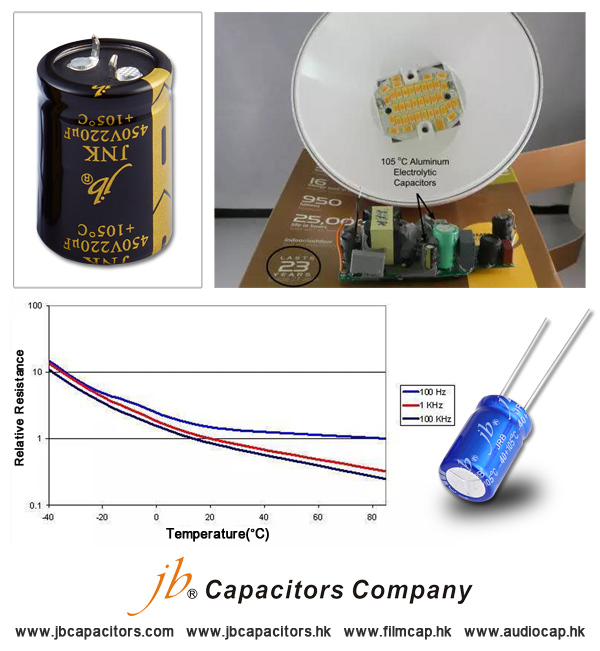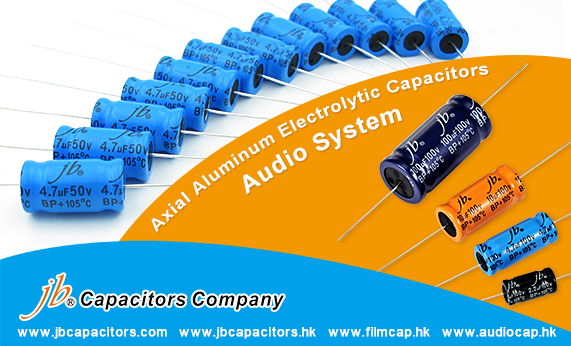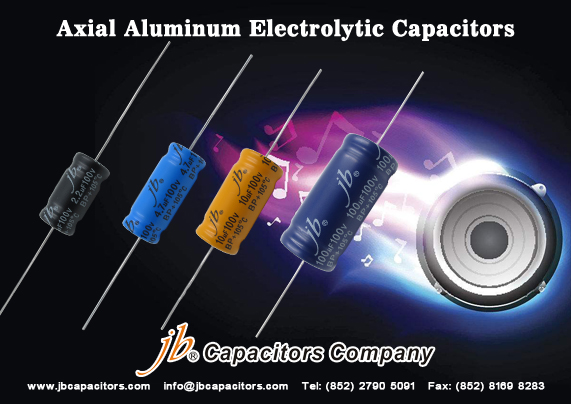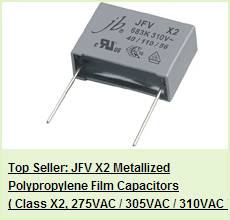Aluminum electrolytic capacitors have always been a popular choice for power supply, due to its low cost. However, their life have limited , and easy to influenced by extreme conditions ,main problem is high temperature and low temperature. Aluminum Electrolytic capacitors is made by aluminum foil and electrolyte. This electrolyte will evaporate during the life of the capacitor, it will change its electrical properties step by step. If the capacitor fails, it will be violent reactions: release flammable, corrosive gases.
The electrolyte evaporation's speed all depend on capacitor temperature. Operating temperature dropped 10 degrees, the capacitor's life will be doubled. Usually, the capacitors' life usually means under maximum rated temperature. The typical rated life is 1000 hours at 105 degrees Celsius. In the application of LED which requirement life time 25000hours, the aluminum electrolytic capacitor will have problem. Cause if want to reach to 25000hours, the working temperature should not more than 65°C. But LED working temperature can reach to 125°C at most. Though some famous manufacturer declare their can reach. but aluminum electrolytic capacitors still is limited LED Lamp's life.
How to solve this problem? First, you may be chose to increase the rated voltage of the capacitor, to reduce the probability of electrolyte failure. However, the way will make the capacitor equivalent series resistance (ESR) more higher than before. Since the capacitor will generally have a high ripple current stress, so this high internal resistance will bring additional power consumption and increase the capacitor temperature. Failure rate will increases by increasing temperature. When the capacitor temperature is low, ESR increased dramatically. In this case,-40°C, the resistance increases by orders of magnitude. This will affect the power performance in many ways. If the capacitor is used for output of a switching power supply, the output ripple voltage was increased by orders of magnitude. Further, in the above zero frequency and the output capacitor ESR is formed, which allows an order of magnitude increase in the loop gain, which affects the control loop. This produces a stable oscillation power. In order to meet this strong vibration, the control loop will usually make a huge compromise in terms of space and operate at higher temperatures.
In short, the aluminum electrolytic capacitor is typically the lowest cost option. However, you will need to determine whether the application of its shortcomings adversely affected. Through its operating temperature you need to consider their longevity. meanwhile, you should appropriately reduce the rated voltage, so that you can achieve the lowest temperatures, and thus get the longest life. Finally, you need to understand the ESR range must be used so that you can properly design the control loop, to meet the ripple specifications.






